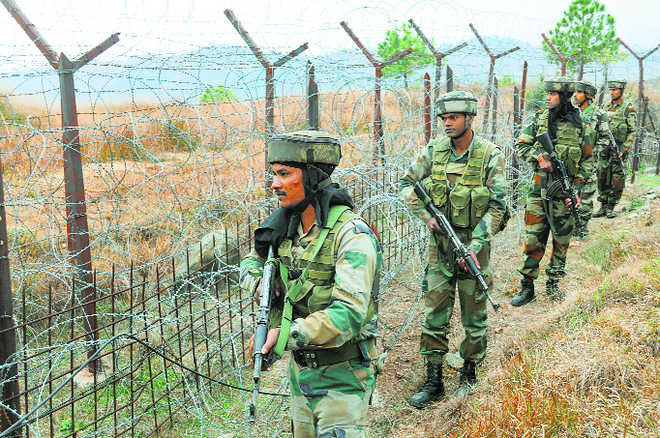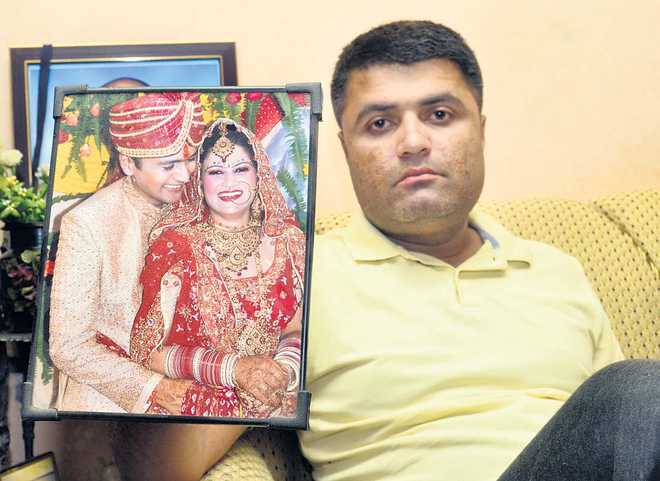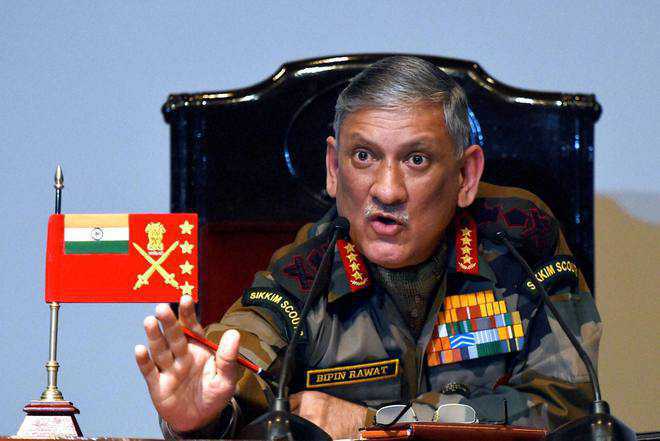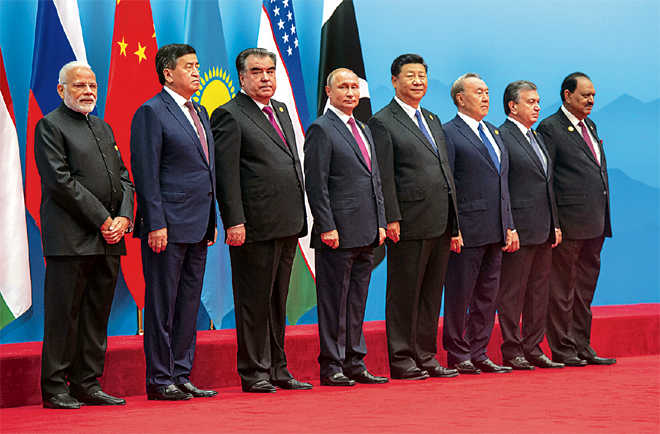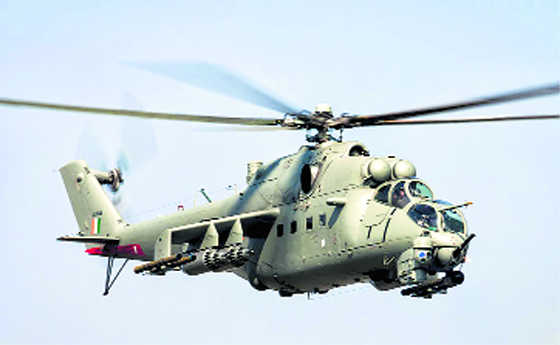A workable beginning is to hold DGMO-level talks to consolidate the ceasefire and take it to agreed rules of engagement.
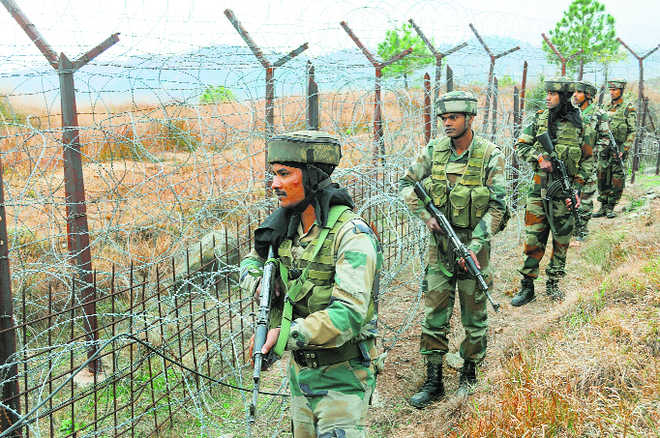
Lt-Gen Syed Ata Hasnain (retd)
India and Pakistan have decided to go back to the 2003 unwritten announcement of the ceasefire at the Line of Control (LoC) and abide by it. The LoC between India and Pakistan and the International Border (IB) in Jammu & Kashmir are witnessing peace after a long time, although a major part was not afflicted by the ceasefire violations. The Siachen and Kargil sectors have been quiet for as long as one can remember in the last 15 years. The LoC in the Kashmir segment too, although continuing to witness efforts at infiltration, has seen only limited violations. It is primarily in the areas of the LoC and the IB south of the Pir Panjal range that exchanges of fire had become a norm and many reasons can be ascribed to that. With the guns now silent, there are still misgivings among many in India as there were in the case of the decision to bring about a Ramzan-based cessation of operations in the hinterland, now in place for a little over two weeks. Their perception has to be respected too because of historical backstabbing by Pakistan. Yet, a case for peace needs to be made and supported to ameliorate the privations of the border people in the Jammu region. It will also allow stabilisation of the hinterland to calm the environment and reduce the vitriol which is always associated with ongoing violence. There is need to examine the ceasefire and the cessation of operations in tandem with each other. The latter because of the latest very authoritative report by an intelligence agency which reveals that in the last three years, for every local terrorist neutralised in Kashmir, two have been produced through local recruitment from the vicinity of the area to which that terrorist belonged. The question most Indians are asking – how far and for how long can Pakistan be trusted, especially since the announcement by the two DGMOs of India and Pakistan makes no mention of Pakistan’s intent or otherwise of not allowing its territory to be used for targeting India?In as complex an issue as J&K and there is no gain trying to seek perfect solutions. There will be many imperfect proposals which will need to be progressively converted to workable and acceptable ones. The trust deficit with Pakistan is so huge that, perhaps, a couple of generations with prevailing normalcy will probably lead to any restoration. In this imperfect environment can India and Pakistan hope to restore some peace with steps such as implementation of ceasefire at the LoC and IB? If the 2003 ceasefire could partially succeed without any written agreement, can the latest be expected to last some time to allow peace initiatives to take shape?India needs to be clear that Pakistan’s initiative (as it is being reported) is not out of a newfound neighbourly love but borne out of compulsions. The compulsions are many; they include the upcoming Financial Action Task Force (FATF) review, grey-listing of Pakistan to see whether it has fulfilled obligations to prevent terror financing, the precarious condition of its economy which has forced devaluation of the Pakistan currency and borrowing of $1 billion from China to bolster its forex reserve which has fallen from $18 billion to $10.5 billion. Given its financial stress, Pakistan could not have sustained an escalated battle of attrition with India in LoC and IB exchanges. Yet, it had to display bravado at the IB as it did at the end. That could have backfired badly had India decided not to accept the ceasefire and in fact escalate the exchanges. Those monitoring Pakistan’s internal situation in the run-up to the elections in July 2018 would have sensed that ground was slowly being yielded. The Bajwa Doctrine was couched in vagueness to give the brokering for peace a semblance of dignity. Back channel talks were in place and the suspended Neemrana Dialogue was brought to life. The National Security Advisers (NSAs) of both countries appear to have been in touch more than the reported number of times, and for good measure. The Indian decision on cessation of operations in the hinterland did not receive a battering in Pakistani strategic circles as is the practice for most internal initiatives. A ceasefire at the LoC was on the cards. Pakistan will want this to be converted into a serious political dialogue and its diplomacy will aim at projecting itself as the promoter and initiator of peace. However, with the bitter record of Pakistan’s past deceit, the Indian government would be at odds to reinitiate anything at the political level unless certain conditions are met; it will take a fair amount of time to create those conditions. First, Pakistan’s internal polity has to be outside the ambit of uncertainty; not before late July 2018 will that happen, if at all. Second, Pakistan has to come clean on its support to terrorism by demonstrating a will to curb India-focused terror related activities on its soil or in PoK. An indicator of any seriousness in this will be in the domain of infiltration. Third, it should display a will to bring to book those involved with the Mumbai terror attack of 26/11. This has become a sticking point, but with recent admissions of former Prime Minister Nawaz Sharif, it is a futile course which Pakistan has followed, defending the indefensible. India, as always, will be prepared to meet Pakistan more than half way provided there is sincerity displayed. Thus, any vision of an immediate commencement of dialogue can only be premature, but the build-up towards that direction can be ensured, provided J&K remains relatively free of violence. A workable start point is to hold DGMO talks with a proper agenda either in New Delhi or Islamabad. These should be used to flesh out the ceasefire and take it to mutually agreed rules of engagement and installation of such measures which will build confidence and trust. Lower-level communication links across the LoC in identified areas can help in putting a lid on potentially explosive situations through local contacts. However, given the history of mistrust, India should remain circumspect and continue all work at the LoC and IB to ameliorate the problems of the locally afflicted people. A constitutional body tasked with the welfare of border communities in conflict-ridden zones could be a way towards giving continuity to efforts. Construction of family bunkers was also undertaken in 2003, but the then ceasefire effectively led to the shelving of the project. National security cannot be mired in personal and political interests. Everything there has a long-term perspective, with little catering to a moment in time.









